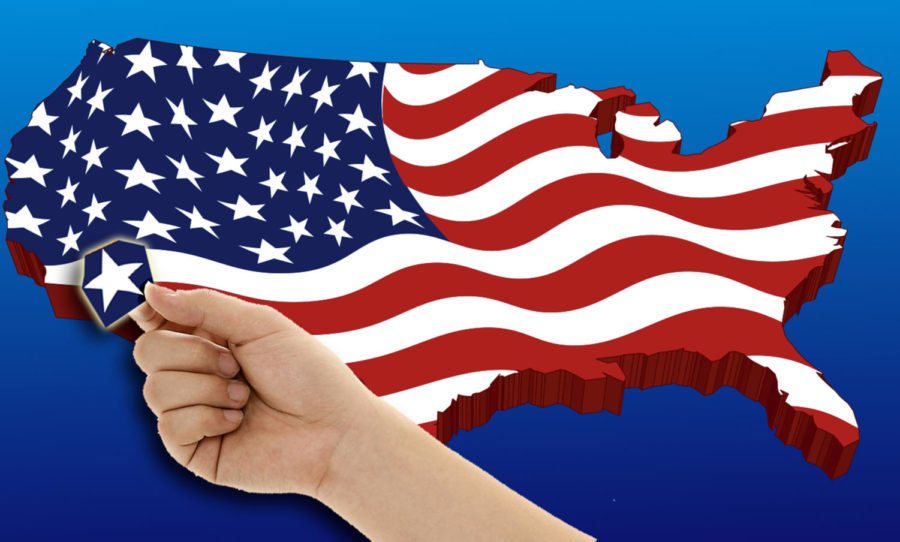Puerto Rican voters approve first step to join United States
Illustration: Bolun Li/Iowa State Daily
Puerto Rico has been a commonwealth of the United States since 1917. Citizens recently voted to become part of the United States with 61 percent voting toward statehood on the ballot.
November 16, 2012
Recently, the U.S. commonwealth of Puerto Rico voted for the opportunity to become a state. This is the first time that the citizens of Puerto Rico had ever approved this step towards statehood. Three times in the past, they have failed referendums like this.
Puerto Rico, which has been a commonwealth since 1917, voted 61 percent for statehood, 33 percent for sovereign-free association [which would allow for more autonomy], and 5 percent for complete independence.
The question before the statehood question on the ballot asked voters whether they wanted change or wanted to keep the status quo.
54 percent of voters voted for some type of change and were told to move onto the next question and to mark what type of change they wanted.
46 percent of voters voted to keep the status quo and were not told to move onto the next question.
Some people say that this 61 percent is a false number. Approximately 500,000 voters left the second question blank at the urging of the Popular Democratic Party as a way of protest to delegitimize the process.
“The numbers are inflated. Only about 43 percent of people really wanted to be a state,” said Laura Centeno-Diaz, an adviser to the Puerto Rican Student Association.
If Puerto Rico was added to the United States, it is projected that they would benefit from an extra $20 billion per year in federal funds and access to more U.S. government programs but would have to start paying federal taxes, and companies doing business in Puerto Rico would have to start paying corporate taxes.
Other issues have been raised in the discussion if they were to be added. It has been disputed that Puerto Rico would take congressional seats from other states. English as a second language in Puerto Rico and cultural differences between Puerto Rico and the United States are potential issues as well.
“There are voices out there that say Puerto Rico will lose part of its culture if added to the [United States],” said Brian Behnken, professor of history. “Some think it has been degraded and eroded by American society a lot already.”
To be made a state, the vote has to be legitimized by the Puerto Rican Congress. If passed they would then have to submit a constitution to the U.S. Congress and be approved. Then, it would take a two-thirds vote by Congress to make it a state. Afterwards, the president would have to sign off on the law.
It is projected that this whole process could take anywhere from seven months to approve to a couple of years. Behnken expects a lawsuit to appear at the Puerto Rican Congressional level to block this referendum, eventually stopping the process at this level because of all the resistance it will encounter.
“I think the status quo will remain the same; if they push for change there will be too many legal entanglements,” Behnken said.







